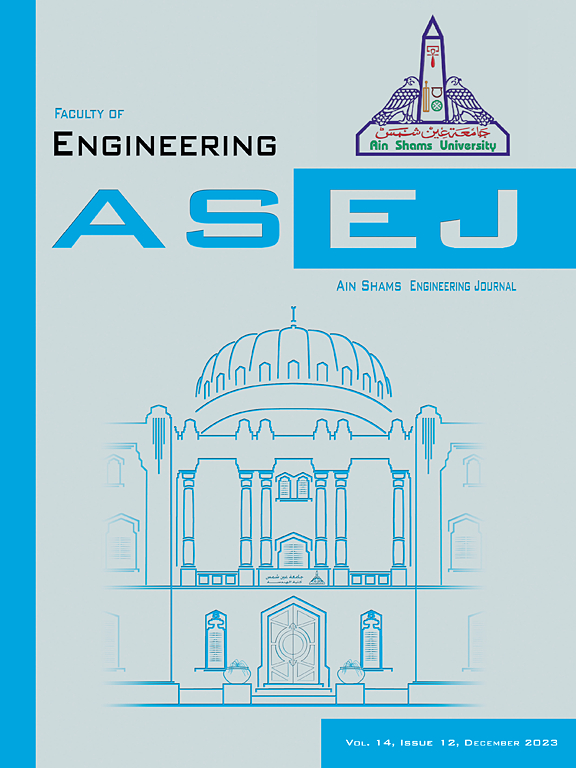A deep learning behavior analysis model for efficient video surveillance using multi pose features
IF 6
2区 工程技术
Q1 ENGINEERING, MULTIDISCIPLINARY
引用次数: 0
Abstract
Organizational security is addressed via a variety of ways, with video surveillance listed as a crucial element. Many firms use video surveillance to monitor their environments and processes, as well as to enforce security. Several designs have previously been presented, which use action templates, shapes, and other aspects to identify the activity. However, the proposed CCMMBAM model need to perform better in the classification of activity. OKUTAMA-Action collection contains images of humans in several poses. The approach uses continuous categorization to do video surveillance and increase security. Input photos are segmented using Modified threshold-centric K-means clustering. In each session, the process keeps distinct activity templates for different positions. The features were then optimized using a quadratic discriminate analysis, followed by training a convolutional neural network to accomplish the action classification. Similarly, the approach retrieves information such as edge mobility, gray parts, and a binary pattern. As a result, the neurons are programmed to calculate Behavioral Edge Support (BES), Behavioral Pattern Support (BPS), and Behavioral Gray Covariance Support (BGCS) for various classes of actions based on the activity templates provided by the system. The approach uses continuous categorization to do video surveillance and increase security. Finally, the proposed CCMMBAM model resulted in improved categorization and object tracking accuracy.
求助全文
约1分钟内获得全文
求助全文
来源期刊

Ain Shams Engineering Journal
Engineering-General Engineering
CiteScore
10.80
自引率
13.30%
发文量
441
审稿时长
49 weeks
期刊介绍:
in Shams Engineering Journal is an international journal devoted to publication of peer reviewed original high-quality research papers and review papers in both traditional topics and those of emerging science and technology. Areas of both theoretical and fundamental interest as well as those concerning industrial applications, emerging instrumental techniques and those which have some practical application to an aspect of human endeavor, such as the preservation of the environment, health, waste disposal are welcome. The overall focus is on original and rigorous scientific research results which have generic significance.
Ain Shams Engineering Journal focuses upon aspects of mechanical engineering, electrical engineering, civil engineering, chemical engineering, petroleum engineering, environmental engineering, architectural and urban planning engineering. Papers in which knowledge from other disciplines is integrated with engineering are especially welcome like nanotechnology, material sciences, and computational methods as well as applied basic sciences: engineering mathematics, physics and chemistry.
 求助内容:
求助内容: 应助结果提醒方式:
应助结果提醒方式:


